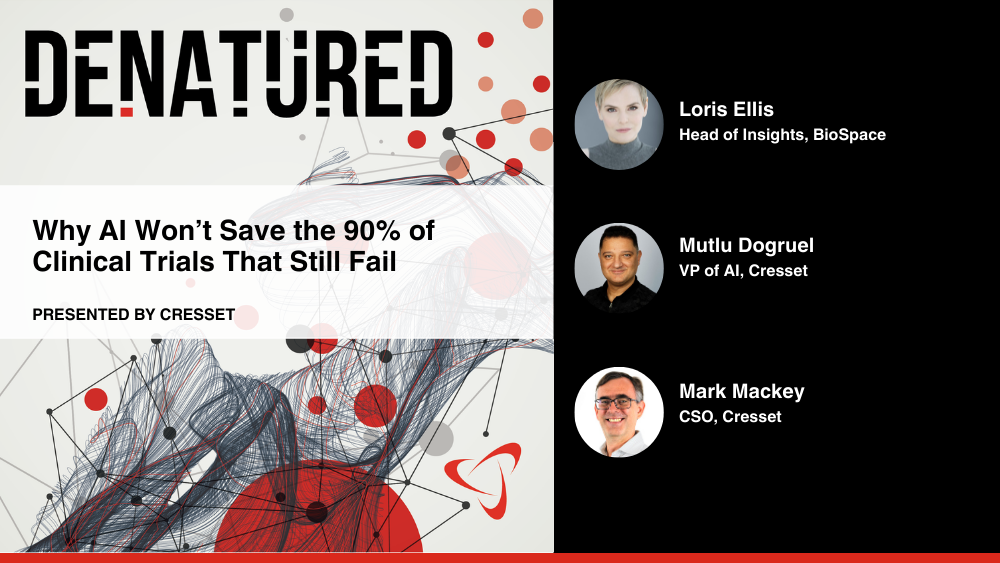Switching to Toujeo® in a real-world setting produced a 27% reduction in risk of low blood sugar requiring an emergency department visit in patients at high risk ∙ New analyses extend DELIVER and LIGHTNING Real-World Evidence programs
September 19, 2019 Barcelona, Spain
Switching to Toujeo® in a real-world setting produced a 27% reduction in risk of low blood sugar requiring an emergency department visit in patients at high risk ∙ New analyses extend DELIVER and LIGHTNING Real-World Evidence programs
Adults living with type 2 diabetes and at high risk of low blood sugar had a 27% lower risk of hypoglycemia that required a visit to a hospital emergency department when they switched to Toujeo® (insulin glargine 300 Units/mL) rather than switching to a firstgeneration long-acting insulin. This was seen alongside similar improvements in blood sugar control with both treatments. The finding comes from a new sophisticated analysis of real-world data, presented this week at the 55th Annual Meeting of the European Association for the Study of Diabetes (EASD).1
“Severe hypoglycemia is frightening and dangerous for patients and those who care for them. It presents a challenge for physicians and is costly for healthcare systems,” commented Timothy Bailey MD, University of California San Diego School of Medicine, CA, U.S. and primary author of the poster. “Using a large dataset and advanced statistical techniques, we can see similarities but also differences between first- and secondgeneration basal insulins, and particularly a significant reduction in risk of severe hypoglycemia.”
For several years, Sanofi has been at the forefront of sophisticated analyses of real-world data for people with diabetes. Another study presented at EASD2 used predictive modelling to analyze electronic health data for more than 800,000 people using either Toujeo or insulin degludec to treat type 2 diabetes. Machine learning generated hypotheses to relate risk of severe hypoglycemia with patient characteristics. The greatest risk of severe hypoglycemia was found in patients with acute kidney disease, history of heart failure or of vascular disease. In all cases, the analysis predicted lower rates of severe hypoglycemia with Toujeo than with insulin degludec.
Summary of analyses The DELIVER High Risk study1 was a retrospective, observational analysis using electronic medical data for adults from the U.S. Predictive Health Intelligence Environment (PHIE) database. Patients were eligible for inclusion if they had one or more criteria for
Sanofi Diabetes Update
indicating high risk of hypoglycemia (age >64 years; basal-bolus insulin use; renal impairment; uncontrolled baseline HbA1c; sulfonylurea use; atherosclerotic cardiovascular disease; or a history indicating high risk, including ≥1 severe hypoglycemic episode in the previous 12 months).
The study used propensity-score matching, a statistical technique for making groups comparable and minimizing sources of bias typically found in simple observational studies. After matching, the study evaluated outcomes for 2,550 patients who had switched from a first-generation basal insulin to Toujeo, matched with 2,550 who had switched to another first-generation basal insulin.
At 9-12 months after switching treatment, both groups had achieved similar reductions in HbA1c (0.51% vs 0.53%, difference: -0.022%, 95% CI -0.125 to 0.079) and incidence of hypoglycemia (adjusted odds ratio: 0.894, 95% CI 0.786 to 1.017). Patients who switched to Toujeo showed a 27% reduction in risk of hypoglycemia requiring a visit to a hospital emergency department (adjusted odds ratio: 0.733, 95% CI 0.602 to 0.891, p=0.002).
The new exploratory analysis2 using the LIGHTNING dataset (831,456 patients with T2DM using basal insulin) used machine learning algorithms to perform hypothesis-free generation of subgroups which predicted severe hypoglycemia rates. These subgroups frequently reflected cardiovascular (CV) disease, while other subgroups included acute kidney disease, thyroid disease, and neuromuscular block.
References: 1. Bailey T, et al, Poster presentation #900, European Association for the Study of Diabetes 55th Annual Meeting, September 16-20 2019, Barcelona, Spain.
Sanofi Diabetes Update
2. Eliasson B, et al, Poster presentation #897, European Association for the Study of Diabetes 55th Annual Meeting, September 16-20 2019, Barcelona, Spain.
About Sanofi
Sanofi is dedicated to supporting people through their health challenges. We are a global biopharmaceutical company focused on human health. We prevent illness with vaccines, provide innovative treatments to fight pain and ease suffering. We stand by the few who suffer from rare diseases and the millions with long-term chronic conditions.
With more than 100,000 people in 100 countries, Sanofi is transforming scientific innovation into healthcare solutions around the globe.
Sanofi, Empowering Life
Global Diabetes Communications Serge Spierckel Tel.: +33 (0) 6.75.71.61.24 Serge.Spierckel@sanofi.com




